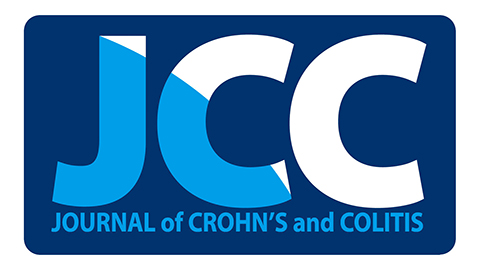
“Neuroinflammation plays a vital role in Alzheimer’s disease and other neurodegenerative conditions.
The orphan G-protein-coupled receptor 55 (GPR55) has been reported to modulate inflammation and is expressed in immune cells such as monocytes and microglia.
Targeting GPR55 might be a new therapeutic option to treat neurodegenerative diseases with a neuroinflammatory background such as Alzheimer’s disease, Parkinson, and multiple sclerosis (MS).”
https://www.ncbi.nlm.nih.gov/pubmed/30453998
https://jneuroinflammation.biomedcentral.com/articles/10.1186/s12974-018-1362-7
“Pharmacological characterization of GPR55, a putative cannabinoid receptor.” https://www.ncbi.nlm.nih.gov/pubmed/20298715
“Our findings also suggest that GPR55 may be a new pharmacological target for the following C. sativa constituents: Δ9-THCV, CBDV, CBGA, and CBGV. These Cannabis sativa constituents may represent novel therapeutics targeting GPR55.” http://www.ncbi.nlm.nih.gov/pmc/articles/PMC3249141/








 “The history of Cannabis goes along that of humankind, as speculated based on geographical and evolutionary models together with historic data collected to date. Its medical use is several thousand years old, as attested both by archeobotanical evidence of Cannabis remains and written records found in ancient texts from the sacred Vedic foundational texts of Ayurvedic medicine (about 800 before current era [BCE]) to the first known Pharmacopoea, the Chinese “Shen Nung Pen Ts’ao Ching” (1 century BCE). In this paper, we retrace the history of Cannabis traveling through the key stages of its diffusion among the most important ancient cultures up to our days, when we are facing a renaissance of its medical employment. We report through the centuries evidence of its use in numerous pathologic conditions especially for its anti-inflammatory, antiseptic, and anticonvulsing properties that support the requirement to direct our present research efforts into the definitive understanding of its efficacy.”
“The history of Cannabis goes along that of humankind, as speculated based on geographical and evolutionary models together with historic data collected to date. Its medical use is several thousand years old, as attested both by archeobotanical evidence of Cannabis remains and written records found in ancient texts from the sacred Vedic foundational texts of Ayurvedic medicine (about 800 before current era [BCE]) to the first known Pharmacopoea, the Chinese “Shen Nung Pen Ts’ao Ching” (1 century BCE). In this paper, we retrace the history of Cannabis traveling through the key stages of its diffusion among the most important ancient cultures up to our days, when we are facing a renaissance of its medical employment. We report through the centuries evidence of its use in numerous pathologic conditions especially for its anti-inflammatory, antiseptic, and anticonvulsing properties that support the requirement to direct our present research efforts into the definitive understanding of its efficacy.”